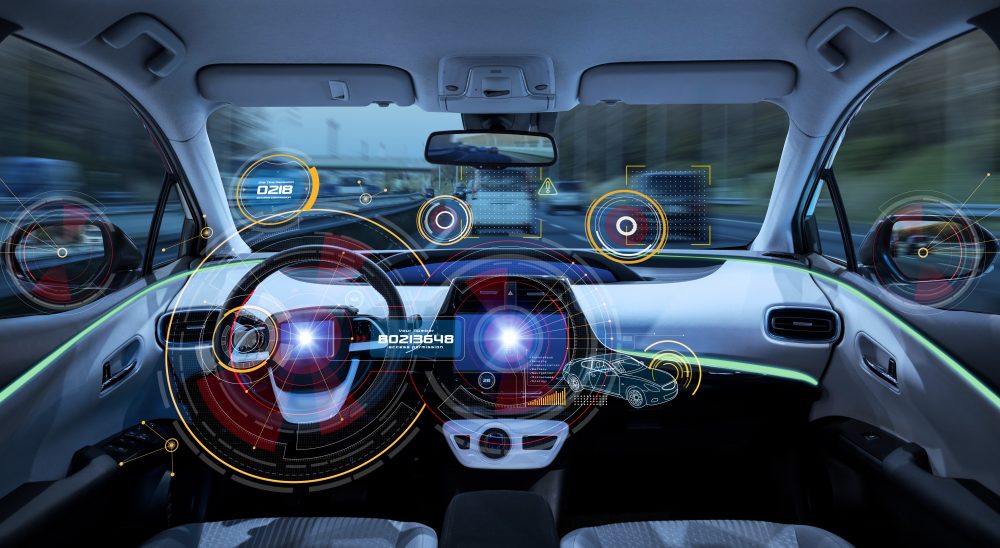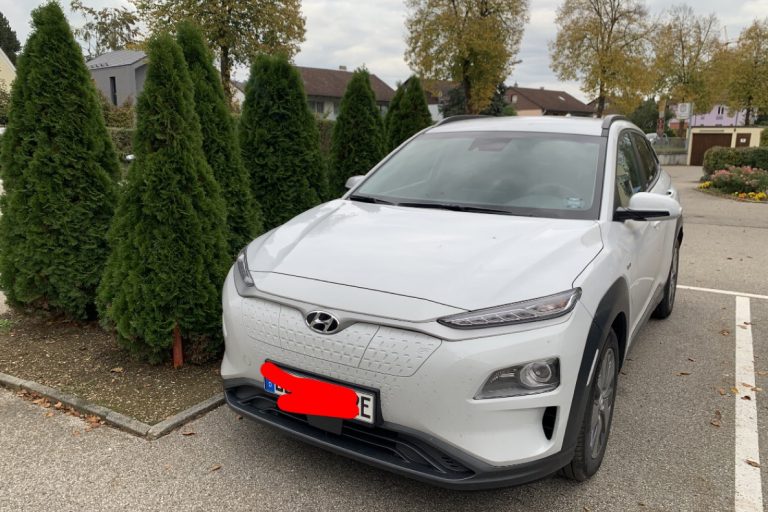Autonomous vehicles are becoming a hot topic with every passing day. From the safety to their control mechanisms, everything is in fierce debate. Several articles and research studies have been conducted in favour and opposition to autonomous vehicles. Apart from all these discussions, it is interesting to see different articles saying that autonomous vehicles are surely going to take on the world. According to the predictions of IHS Automotive, there will be 21 million autonomous vehicles on the road by the year 2035. The figure of 21 million advocates for the viability of autonomous vehicles. It seems as those opposing and challenging this technology shall soon settle down to rest. The figure of 21 million also narrates that the future autonomous vehicles will be intelligent and safe enough to attract car buyers to drive AVs.
Nevertheless, of all the advocacies and oppositions, one thing that has emerged as the potential clarification point is the steering control system for autonomous vehicles. It is the most crucial and important part of autonomous vehicles. If a sound explanation of the steering model and control is provided, then it will be much easier for the general public to understand its highly dynamic and intelligent mode of operations. Let’s find out how do the steering model and control work? Apart from its practical demonstrations, what shape does it have on the theoretical front?
Theory of Steering Model and Control
Most of today’s cars are equipped with the Motor-Driven Power Steering (MDPS). This system reduces the driver’s effort, as it eases the torque with the help of an electric motor. But autonomous vehicles don’t have any drivers and do not need to ease such efforts. So, this system is not recommended to be used in autonomous vehicles. For the autonomous vehicle, such a system is required that does not only actuate the steering control but should also compensate for the error. In simpler words, a steering controller along with some feedback mechanism is required.
Before getting into the detailed theory of the steering model and control, lets first have a brief look over the hardware and the basic steering model. The steering model of an autonomous vehicle is equipped with an actuator that transmits the torque to the steering using pulley and belts. It also has a potentiometer to determine the position of the motor shaft. This assembly of actuators and sensors communicate with each other with the help of RS232 and Controller Area Network (CAN). The CAN bus is used to read the position and speed of the motor. The same route is used to write the desired Pulse Width Modulation (PWM) signal so as to actuate steering accordingly.
Since we are done with establishing the basic model of the steering model, now let’s discuss the control strategy in detail. The steering control system is basically a path tracking system that controls the vehicle’s steering based on its current position and degree of deviation from the reference path.
A path tracker system can be called as the brain of the steering control and it is what locates, analyses, determines, and actuates the steering. This system works with three basic modules namely; velocity planning module, look-ahead distance module, and the path tracking module. The velocity module is responsible for planning the vehicle’s velocity with the help of a path’s curvature, side friction factor, and super-elevation. The look-ahead distance module assesses the look-ahead distance based on the vehicle’s velocity. Both of these modules set the desired point in conjunction with the reference point. Based on this, the path tracking module generates the steering angle, which is then actuated with the help of motors, connected with the vehicle’s steering model.
The whole control system is modelled and designed on the basis of a closed-loop feedback control system and has a steering controller, which with the help of the feedback loop, makes sure that the actuator follows the reference point.
Challenges
Since nothing in this world can reach ultimate perfection, therefore the same exists with the steering model and control of autonomous vehicles. Though, technology has reached a point where autonomous vehicles are no more a dream. But some challenges are still associated with the steering model and control.
The foremost challenge is to convince people about the safety of autonomous vehicles. Specifically, if we talk about the steering model and control, then the fundamental challenge is the unavailability of the contingency plan. The fundamental question is what will happen if such a sophisticated and advanced control system fails? This vulnerability becomes even more concerning in the case of human-less driving scenarios. So, the main challenge is the inclusion of redundancy.
The second big challenge is more of a design-related issue. But still, it is rich enough to be counted as the challenge to the steering model and control. Since AVs do not require any kind of human intervention, so designers and researchers are confused about whether to include the steering wheel in the future autonomous vehicles or not. This challenge is also gross from the technical point. This challenge poses a very legitimate question that even if steering wheels are removed, what design and operational consideration would be made in regard to steering model and control as well as the overall design of the AV?
Conclusion
The enrichment of artificial intelligence and machine learning algorithms is considered to be the founding stone of autonomous vehicles. It is true from the technological perspective but what if algorithms are developed and the actuators or controllers which are going to realize them, aren’t mature? This is a very concerning issue for both autonomous vehicle manufactures and enthusiasts. With the proper introduction to the theory of steering model and control, it is much easier to advocate for autonomous vehicles. The proper understanding of steering model and control enables AV supporters to convince people about the efficacy of autonomous vehicles. Likewise, challenges prepare manufacturers and designers to improve the steering model and control so as to maximize its safety. Out of all, it is now a very established fact that redundancy in the steering control must be embarked on autonomous vehicles.




